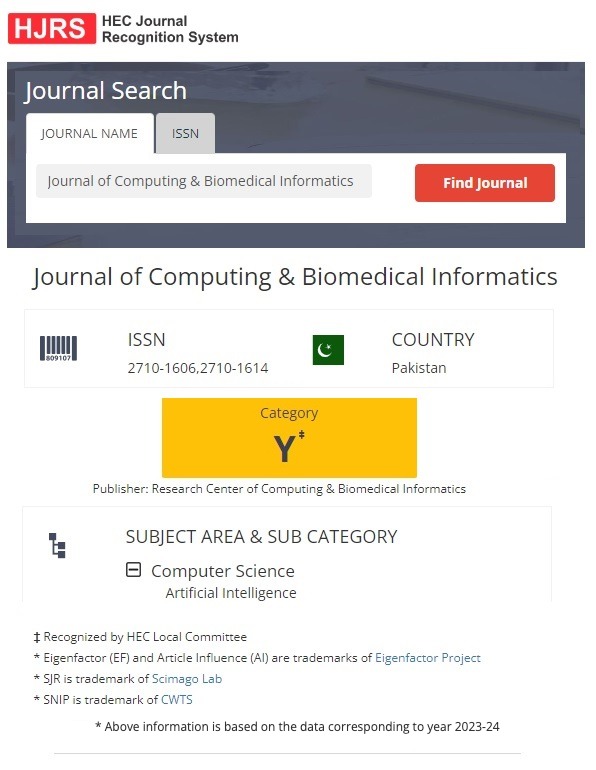Deep Learning-Based Vehicle Number Plate Recognition in Smoggy Environments with Image Enhancement
Keywords:
K-Nearest Neighbor, Neural Network, Deep Learning, Data Analysis, GST, CLAbstract
The vehicles on road is increasing quickly due to the ongoing industrial revolution and the quick development of technology. Along with the rise in motor vehicles, there has also been a rise in traffic infractions, which can sometimes be a contributing factor to criminal activity. Existing surveillance systems are seriously threatened by these issues. This study's objective is improve existing surveillance by implementing reliable method for automatic license plate recognition. In order to standardize input data and enhance model generalization, the research presents a strong method for automatic car license plate recognition and identification. Preprocessing and data augmentation are highlighted. Picture scaling to provide consistent dimensions, pixel value normalization for efficient model convergence, and other preprocessing methods like contour detection and adapted thresholding for precise plate localization and character segmentation are important steps. Based on empirical results, the model is able to obtain an 86.30% validation accuracy with batch size 128 and demonstrates that model has excellent learning capabilities and performs well when applied to new data. The recommended system, which uses deep learning architecture with advanced preprocessing techniques, provides an effective complete solution for detecting and recognizing automobile license plates. The remarkable degree of precision attained throughout prolonged testing proves its practical viability, opening the path for future advances in autonomous vehicle tracking and traffic control systems.
Downloads
Published
How to Cite
Issue
Section
License
This is an open Access Article published by Research Center of Computing & Biomedical Informatics (RCBI), Lahore, Pakistan under CCBY 4.0 International License





